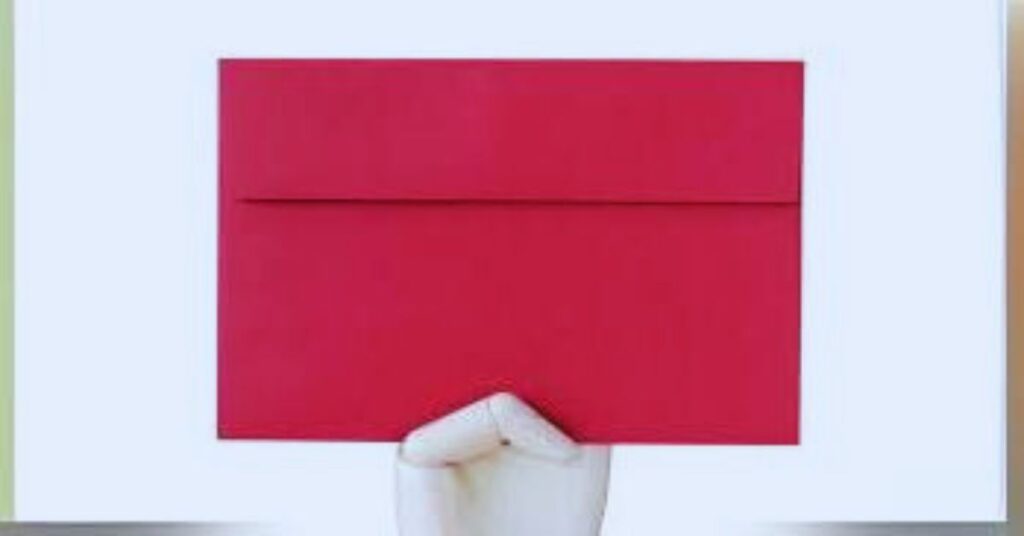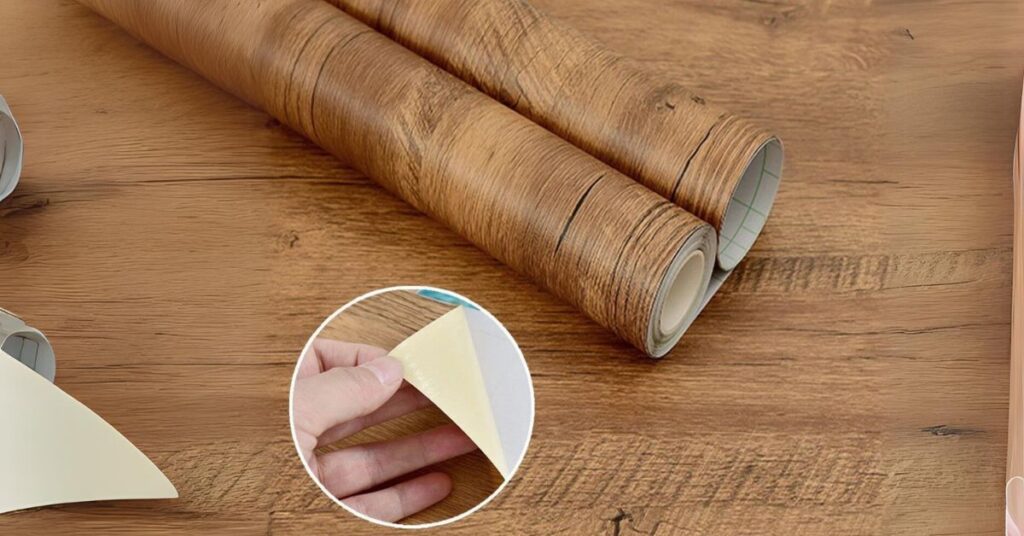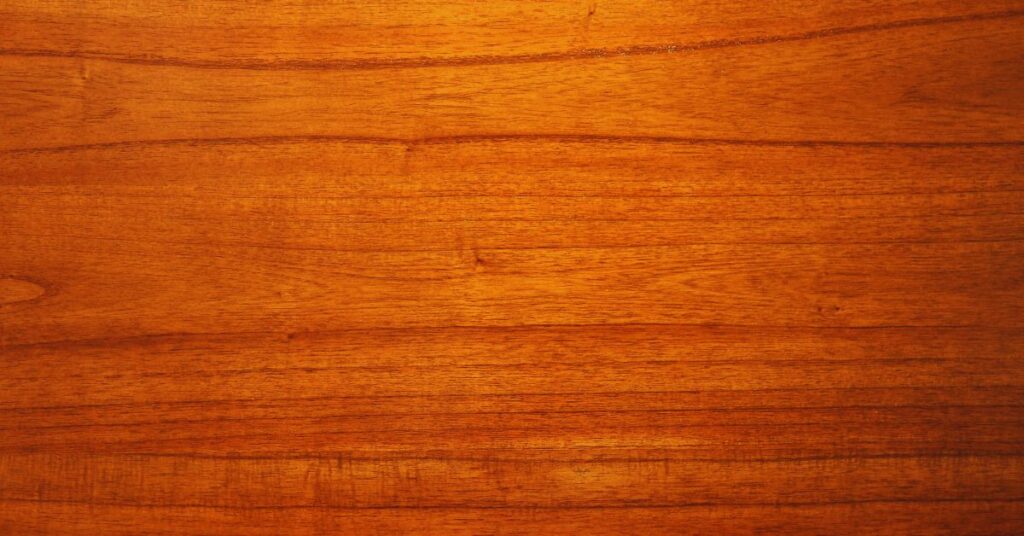As our Crush Cherry Paper progresses, each chapter describes how Favini contributes to this moral chain. This chain uses natural goods from the agri-industrial sector and, by the circular economy’s tenets, turns them into a valuable new product in an environmentally responsible manner.
The tale of the cherry life cycle will now be told to illustrate the life cycle of the substitute components that Favini uses to make its environmentally friendly paper, Crush.
Cherries are a beautiful, red, tiny, and delicious fruit whose white blossoms in the springtime are admired as a natural sight.
The Cherry Story
In the West, cherry blossoms have come to symbolize the arrival of spring. However, the cherry fruit came from Asia, more precisely from the Caspian and Black Seas regions. It arrived in Egypt in the 7th century BC, and under the Roman Empire, it was transported to Greece and subsequently to modern-day Italy.
An estimated 4 million tonnes of sweet and sour cherries are produced yearly. Twenty percent of this amount is produced by Turkey alone, with the US and Russia following closely behind.
While sour cherries are mostly used for cosmetics, sweet cherries are consumed as food. However, jam and jelly production accounts for the majority of global output. The two main byproducts of processing cherries into preserves and fruit spreads are the cherry rolling papers, cherry stem, and cherry pit, or cherry stone extracted from the fruit.
A Cherry Future for Paper

The crushed cherry paper can then be used to make various paper-based products, such as folders, business cards, envelopes, the Dupont brochure, notebooks, invitations, luxury packaging, catalogs, labels, brand collateral, and other creative projects.
Additionally, because of recent recycling developments, the nearly 100% recyclable cherry wood contact paper will continue to be produced in subsequent cycles by the circular economy model, which aims to save natural resources and energy.
More on Crush Paper
Favini’s environmentally friendly crush paper line uses organic product waste instead of up to 15% virgin wood pulp.
Cherry blossom wall paper is made from byproducts of citrus fruits, grapes, cherries, lavender, corn, olives, coffee, kiwi fruit, hazelnuts, and almonds. It is unique and colorful, and the natural raw materials keep it out of landfills.
Go here to learn more about Favini crush paper, the revolution in environmentally friendly and sustainable paper production.
Creative re-use of Cherry Pits
Favini recovers cherry pits for industrial paper production, but inventive ways exist to repurpose cherry waste in the home kitchen.
Cherry paper plates can be recycled creatively in the kitchen and used again. Here are some suggestions for experimenting with anti-waste recipes:
Cherry pits can make thermal cushions by stuffing a natural fabric with them. When heated, they make a great pillow for relaxing muscles. Using cherry pits to stuff different forms, you may make kid-friendly puppets for thermal pillows or ice packs because of the cherry wood contact paper stones’ ability to conduct heat.
Additionally, the kitchen can recycle cherry pits to create anti-waste recipes for drinks like cherry stone liqueur or grappa.
What is Wood Contact Paper?

Wood contact paper is a thin, flexible, waterproof vinyl with a covered adhesive and decorative top side. When peeled off, the exposed side adheres to flat objects, such as shelves and drawers, giving it a new appearance.
Not every cherry contact paper is created equal. Some types bring a new degree of beauty to your surface, while others are more malleable, stronger, or have textured finishes. Knowing the differences between papers can make selecting the ideal contact paper for your redecoration tasks easier.
Now that you understand contact paper let’s examine its several varieties and how they might enhance your creative and useful endeavors!
What Is Contact Paper Made Of?
Contact paper is self-adhesive vinyl with a powerful water-based adhesive on the bottom and vinyl on the top. The adhesive is not waterproof, but the vinyl is. However, contact paper is generally thought to be water-resistant.
Can You Use Contact Paper on Plywood?
Indeed! Like any raw or untreated wood, contact paper adheres to plywood. Cherry wood grain contact paper on plywood is a smart option for a quick and reasonably priced aesthetic improvement.
To adhere contact paper to plywood, follow similar directions and maintain a flat and clean surface. When removing the contact paper, the plywood could sustain damage or leave a sticky residue.
How Do You Remove Contact Paper Residue?
- After removing as much of the paper as possible, rub the remaining sticky residue and other debris on the kitchen cabinet shelf or drawer liner using a towel soaked in vegetable oil or adhesive remover.
- Allow the coating to sink into the residue for approximately ten minutes.
- After ten or more minutes, scrape the slippery surface with a putty knife, scrub brush, or other instrument. Choose a tool to smooth the surface without causing more damage or gouging the wood.
- Use paper towels to remove any residue as you scrape.
- After removing all the remaining sticky material, use a moist cloth to wipe off the interior of your cabinet or drawer liner that is now free of contact paper.
Contact Paper Alternatives To Consider for Wood Surfaces

Contact paper is a reasonably priced facelift for enhancing a painted wood surface or covering the wood grain in a kitchen cabinet. However, due to the strong glue used to adhere to surfaces, it can be a significant commitment.
If you want to make long-lasting improvements to your cabinets and drawers, there are plenty of options besides dark cherry wood contact paper.
- Try linoleum and peel-and-stick wallpaper for a similarly permanent option in various colors and textures.
- Simple substitutes like construction paper and wrapping paper are excellent if you need something more transient. Although these shelf liners are imaginative, reasonably priced, and entertaining, their short lifespan is due to their poor durability. It works well for cabinets that don’t get much use or those who wish to change the liners regularly.
Conclusion
Here is a step-by-step guide on updating and giving a new look to your boring cabinets. For contact paper, the grooved cabinets meet all the requirements. Even if the cabinets have grooves, the contact paper will still give them an even appearance.
Applying contact paper to the grooved cabinet has long-term advantages. The contact paper will smooth the edges surrounding the grooved area, giving the surface a rich, uncluttered appearance. Give this do-it-yourself project a try on your grooved cabinets, and then share your results in the comments area below!
At first glance, do-it-yourself tasks appear to be somewhat tiresome. However, the joy that comes from finishing a do-it-yourself project is the biggest advantage. Try this do-it-yourself project and witness the amazing transformation that completely changes the look of your house with very little work.
Frequently Asked Questions
Why Should We Use Contact Paper?
Self-adhesive contact paper is available in a range of hues and designs. Contact paper is a very popular option for furniture because of its ease of peeling and sticking. Cabinet contact paper is waterproof and easy to clean. After peeling off, the paper leaves no sticky residue or harm to the area it is adhered to.
How to Organize the Surface Before Sticking Contact Paper?
The cabinet’s wood surface may be uneven for various reasons, including exposure. Therefore, it is essential to smooth the entire wood surface by rubbing it with sandpaper. However, we don’t need sandpaper to rub the surface if laminates or other sheets are adhered to it. Otherwise, more harm than good will result.

